Google’s search algorithm is a complex system that retrieves data from its search index and instantly delivers the best possible results for a query. Over the years, Google has rolled out numerous updates to refine this system, aiming to enhance user experience by delivering more relevant and high-quality search results. Some of the most notable updates include Penguin, Hummingbird, and Panda.
Why Google Named It Panda?

The Panda algorithm update, named after one of its key engineers, Navneet Panda, was first released in February 2011. The primary objective of this update was to lower the rank of “low-quality sites” and return higher-quality sites near the top of the search results.
Google chose the name “Panda” to honor the engineer’s significant contributions to developing the technology that made this update possible.
To further enhance your local SEO efforts, explore our comprehensive article on navigating the Google Venice Update.
Importance of the Panda Update in SEO History

The Panda update marked a pivotal moment in SEO history. It was one of the first major algorithm changes that directly targeted content quality, forcing webmasters to prioritize user experience and relevance over mere keyword optimization.
The update led to substantial shifts in search rankings, impacting nearly 12% of all search results at the time of its release. By cracking down on thin content, content farms, and websites with high ad-to-content ratios, Panda set a new standard for content quality on the web.
Key Features of the Panda Algorithm
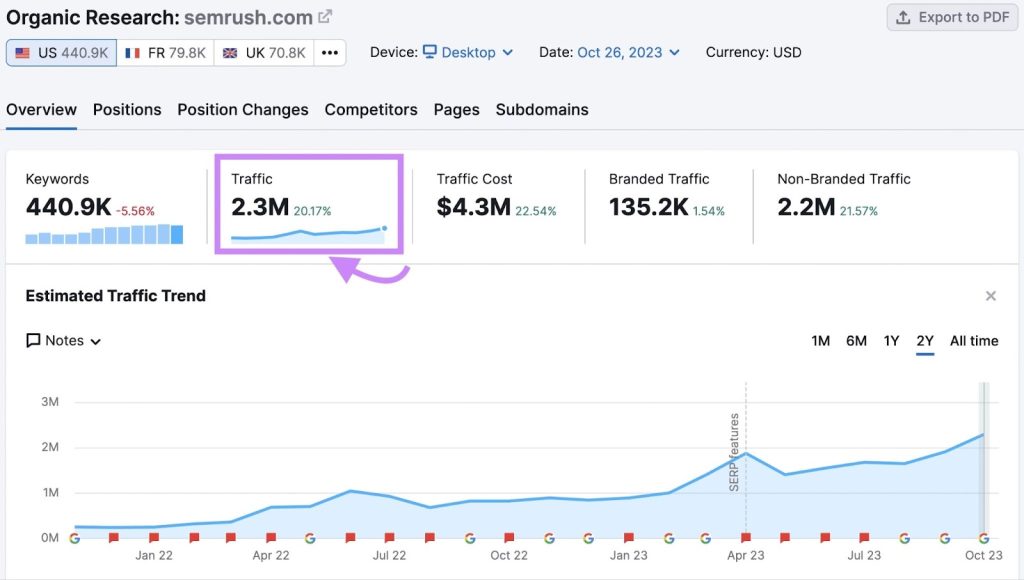
One of the key features of the Panda algorithm is its focus on user engagement metrics. Google uses these metrics to gauge the quality and relevance of a website’s content.
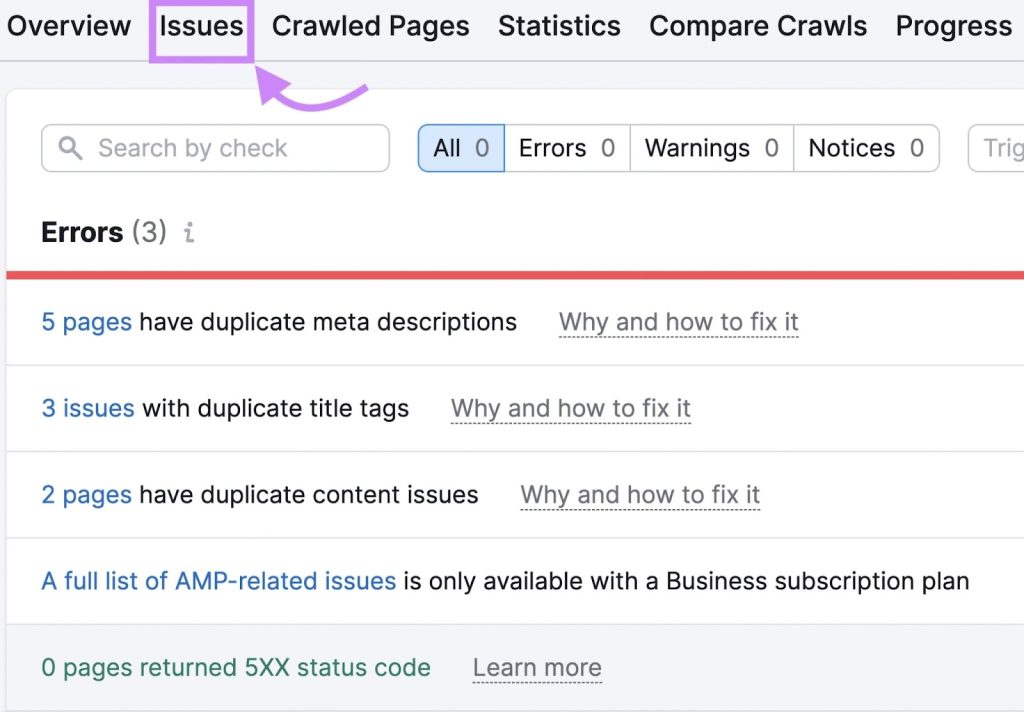
Duplicate content, or content that appears in more than one place on the web, can significantly harm a website’s search rankings. The Panda update penalizes sites with substantial duplicate content, as it diminishes user experience by providing redundant information.
The central theme of the Panda update is content quality. Websites that consistently produce high-quality content are rewarded with higher search rankings, while those that produce low-quality content are penalized.
Detailed Analysis of Panda Updates
Since its initial release in 2011, the Panda algorithm has undergone several updates and refinements. Some of the major changes include:

Panda 2.0 (April 2011): Expanded the update to all English-language queries worldwide and incorporated user feedback into the algorithm.
Panda 3.0 (October 2011): Introduced new signals and data refreshes, affecting around 2% of queries.

Panda 4.0 (May 2014): A significant update aimed at reducing the rankings of low-quality content and rewarding higher-quality sites. This update impacted approximately 7.5% of English-language queries.

Panda 4.2 (July 2015): A slow rollout of the algorithm refresh, affecting around 2-3% of English-language queries.
Each update aimed to refine Google’s ability to detect and penalize low-quality content while rewarding sites that adhered to best practices for content quality and user engagement.
Technical Aspects of Panda
Understanding Google’s Quality Score
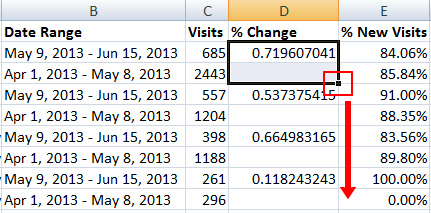
Google’s Quality Score is a metric used to evaluate the relevance and quality of web pages. Although it is primarily associated with Google Ads, similar principles apply to organic search
A high-quality score can lead to better ad placements and improved organic search rankings, emphasizing the importance of maintaining high standards for content and site performance.
Optimizing Your Site’s Structure for Better Rankings
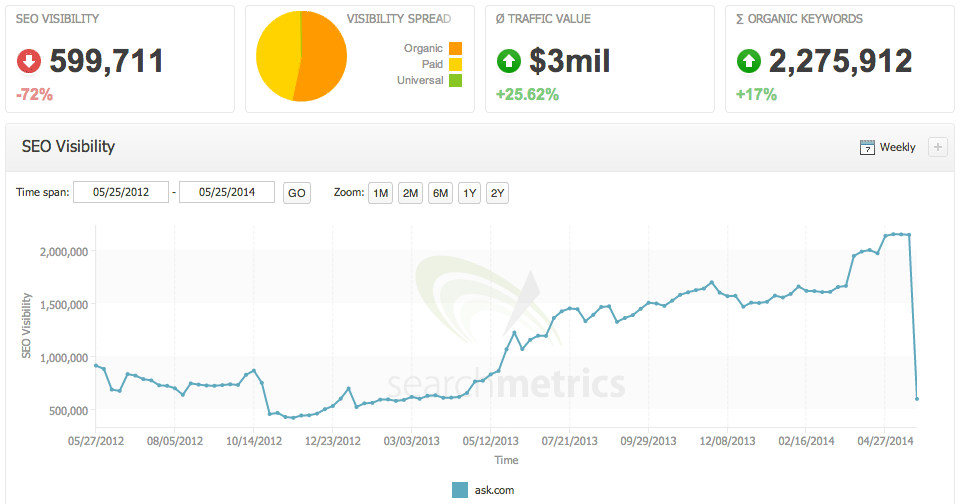
A well-structured website is crucial for both user experience and search engine optimization. A high-quality score can lead to better ad placements and improved organic search rankings, emphasizing the importance of maintaining high standards for content and site performance.
How to Recover from a Panda Penalty
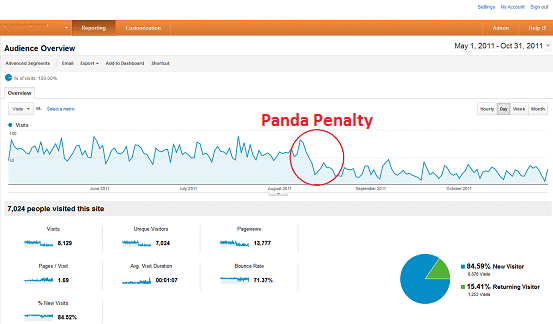
If you suspect that your site has been affected by a Panda penalty, follow these steps to diagnose the issue:
Analyze Traffic Drops: Use tools like Google Analytics to identify sudden drops in traffic that coincide with known Panda update dates.
Review Google Search Console: Check for any manual actions or messages from Google indicating a penalty.
Conduct a Content Audit: Evaluate your site’s content for quality, originality, and relevance. Identify pages with thin or duplicate content.
Practical Recovery Strategies
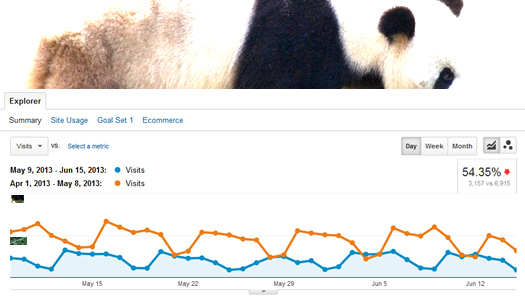
Recovering from a Panda penalty requires a strategic approach focused on improving content quality and user experience. Consider these strategies:
Revamp Low-Quality Content: Improve or remove pages with thin or duplicate content. Focus on creating comprehensive, valuable content.
Enhance User Engagement: Implement design and usability improvements to reduce bounce rates and increase time on site.
Monitor Performance: Continuously track your site’s performance using analytics tools to ensure ongoing improvements and prevent future penalties.
Practices to Avoid Panda Penalties
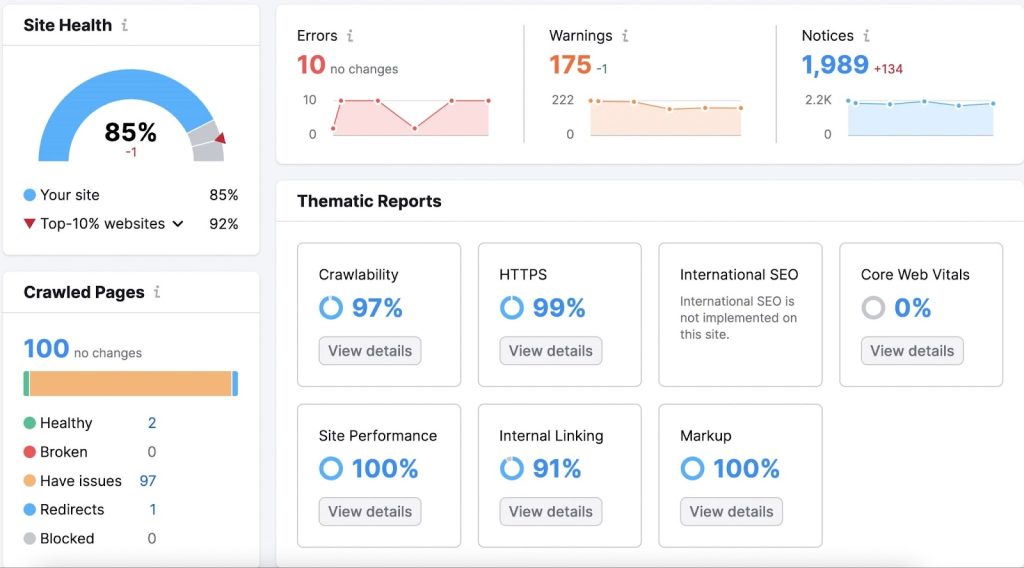
To avoid Panda penalties, adhere to best practices for content creation and site management:
Regular Content Audits: Periodically review and update your content to maintain high standards.
Focus on Quality Over Quantity: Prioritize creating fewer, high-quality pages over producing large volumes of low-quality content.
Avoid Black-Hat SEO Tactics: Steer clear of practices like keyword stuffing, cloaking, and using content farms.
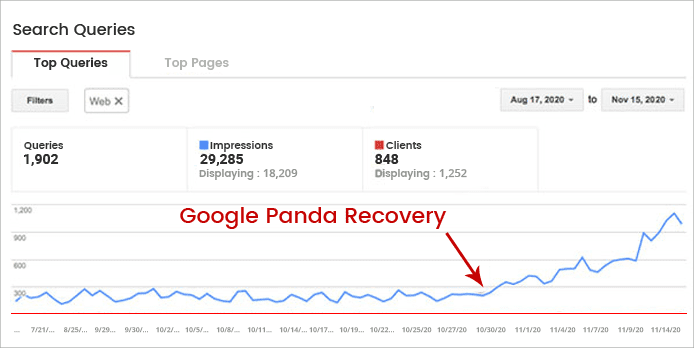
Conclusion:
The Panda update set the stage for subsequent algorithm changes that continued to emphasize content quality and user experience. Notable updates that followed include:
Google Penguin Search: Targeted link quality and spammy link-building practices.
Google Hummingbird algorithm: Focused on semantic search and understanding user intent.
Google RankBrain update: An AI-based component that helps process search queries and deliver more relevant results.
Understanding the relationship between Panda and these updates is crucial for developing a holistic SEO strategy that aligns with Google’s evolving standards. As search engines become more sophisticated, future algorithm updates will likely continue to prioritize user experience and content quality.
By understanding the Panda algorithm and its implications, you can develop a robust SEO strategy that not only improves your search rankings but also delivers a better experience for your users.
Also Read :



